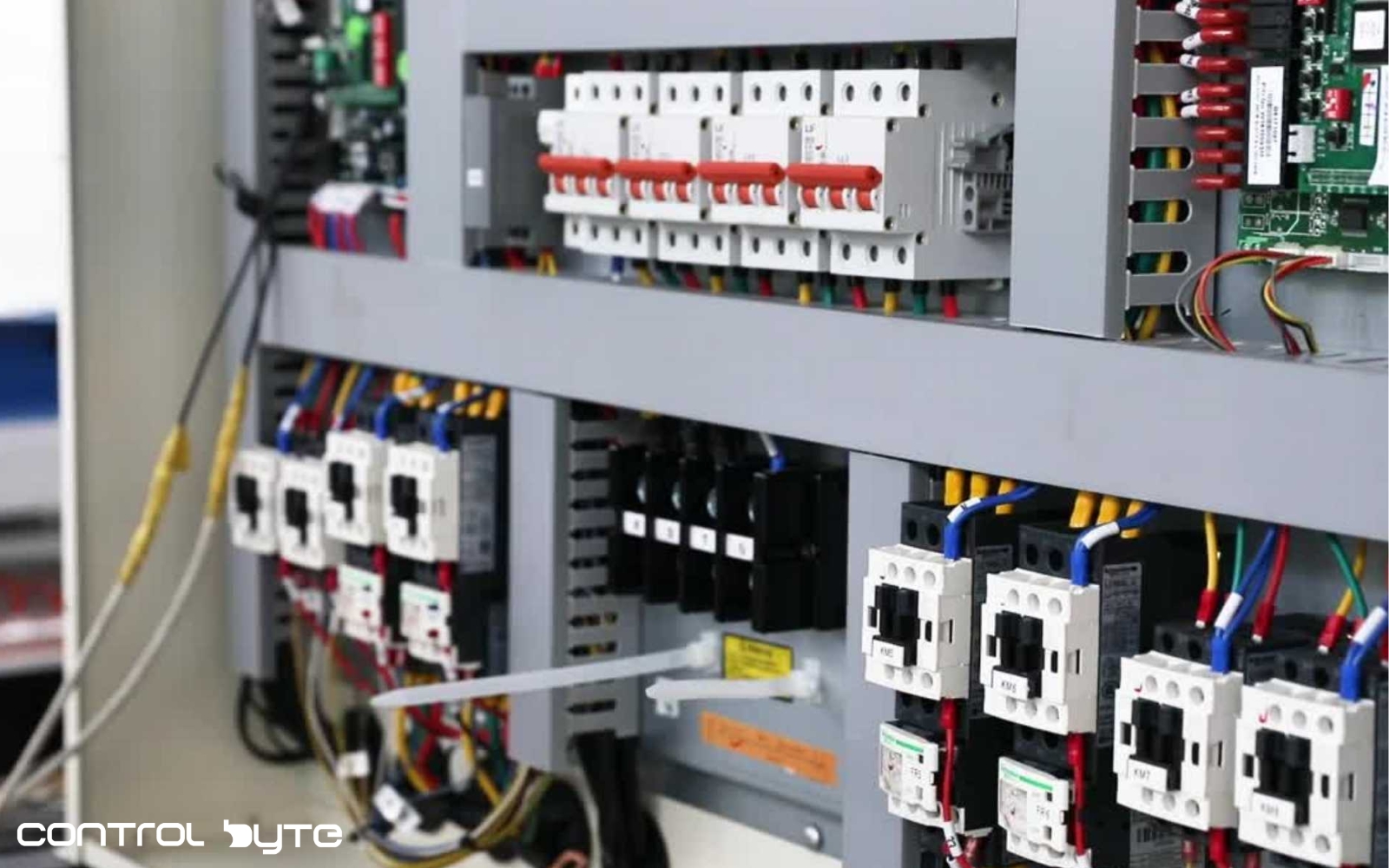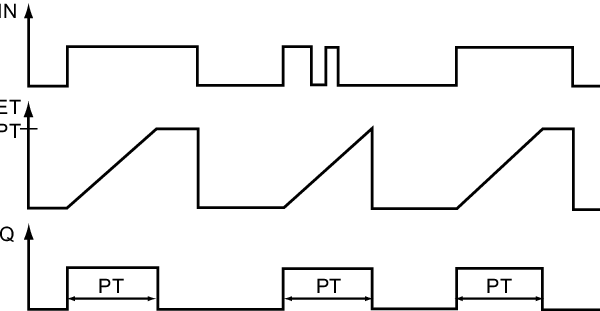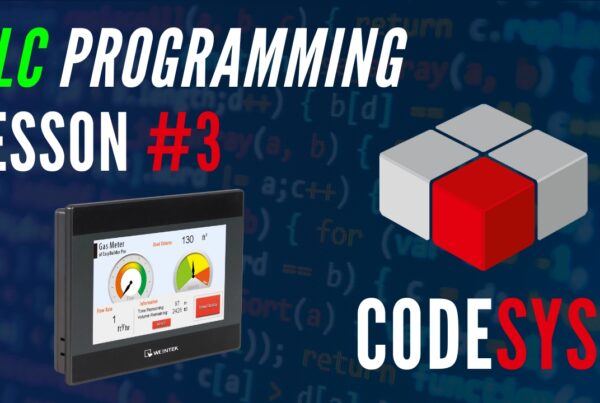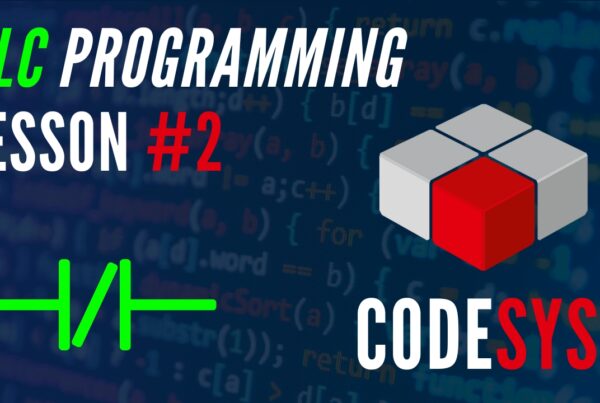Find Access to Projects – Full-time or B2B Collaboration

To earn from automation projects, you need access to them! There are several ways to secure contracts.
Most of us work full-time in small companies or international corporations. This is the quickest and simplest way to earn money from your skills.
Working full-time in a company has many advantages, such as not risking your own capital, usually having a well-organized workspace, and access to the necessary tools. Employers often provide training in specific skills required for the position and offer the opportunity to collaborate within a versatile team.
The second, more challenging option is finding projects on your own. Here, you’ll literally be responsible for everything – from acquiring clients to organizing the necessary equipment and tools, all the way to handling paperwork with the accountant.
Interestingly, even when working full-time, you can look for projects after hours. This is especially possible now when design or programming work can be done 100% remotely.
I did this myself right after college when I needed a quick cash boost! It saved my financial situation. My standard of living improved, and my efficiency at work increased! All thanks to small, additional projects outside of my full-time job!
How can you find such a project? It’s best to start by looking in local companies in your area. All you need is openness and a willingness to collaborate with a given company. My advice: grab the phone, go to Google Maps, find a company that interests you, and simply give them a call. You can reach the technical manager who oversees the pool of projects through the front desk. Just remember to smile when speaking to the receptionist 😊
Look for projects where you’ll be responsible only for programming, and an electrician will assemble the control cabinet. This way, you can complete everything remotely using remote desktop access.
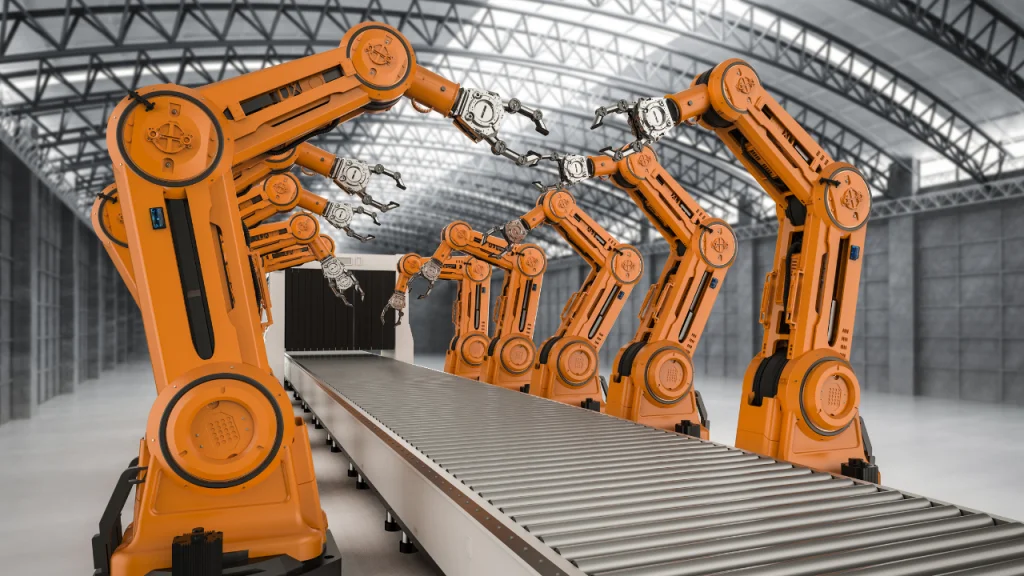
Specialization Will Grant You a Reputation and Access to Prestigious Projects
As they say… “if you’re a jack of all trades, you’re a master of none.”
A rather blunt saying, but very true in the world of project work. Specializing in a specific area of industrial automation will give you an edge over the competition! Why? Primarily, because you’ll present yourself to potential clients as an expert. This gives you leverage to negotiate prices for your services and to secure better collaboration terms. Such an approach enables you to undertake higher-paying projects with less effort.
What can you specialize in? A few examples: drive systems, industrial Internet of Things (IIoT), building automation, or process automation. Each of these fields can be broken down further into more specialized topics. For instance, in smart buildings, you might work solely with lighting systems and become proficient in the DALI communication protocol.
More and more clients are coming to our design and programming firm with projects that require specialized knowledge in specific areas. Thanks to our versatile team of automation engineers, we’re able to take on interesting and innovative projects. Sometimes, however, we collaborate with external automation specialists because no one possesses all the competencies. This is where your opportunity lies. Choose a specialization and look for companies in need of your expertise!
How can you become an expert in automation? We suggest learning from the experts. On our YouTube channel, you’ll find countless LIVE recordings with practical tips for specialists.
Create a Portfolio of Your Own Projects
How can clients or employers be convinced of your abilities?
For them, school grades or whether you’re popular with your neighbors don’t matter. Clients want the project done quickly and efficiently! You need to prove to them that you can deliver in this way.
The best way to showcase your skills to clients is to create a portfolio of sample projects. You could simply present this in a PowerPoint presentation or do it in a more modern way by placing your program code in a remote GitHub repository. I lean towards the latter option – the code on this platform is open and can be downloaded by anyone interested in your work.
Before you start creating this type of portfolio, think carefully about which projects interest you specifically. If it’s building automation, create a program to control a smart home with a PLC. If it’s industrial automation, prepare a few sequences for controlling conveyor rollers and drives.
For your clients, in addition to clean code, what they see every day is also crucial – that is, the HMI (Human-Machine Interface) visualization. Therefore, you must give special attention to this section!
Ready-made visualization templates, provided by companies like Siemens or through Codesys software, can be of great help here. Simply download a template and adapt it to your specific project needs.
However, remember that you also need the skill of effective presentation. Even the best portfolio won’t convince your employer if you can’t present it well and showcase your skills effectively.
Choose an Environment and Programming Language (LAD, FBD, ST, SCL, STL)
Which programming environment and language should you choose? It depends on several factors, primarily on the client’s project preferences. Often, you’ll have a predefined environment and language.
Looking at the statistics, TIA Portal from Siemens remains the most popular programming environment in Europe. As a result, project availability is high here, but you should expect significant competition.
Increasingly, automation engineers are choosing the modern Codesys platform (an alternative to TIA), which allows programming automation devices from various manufacturers like WAGO or Beckhoff and is user-friendly for novice PLC programmers. Notably, it also features web-based visualization capabilities with ready-made elements. Importantly, by working with Codesys, you’ll likely face less competition in the market.
Which programming language should you choose? If you’re just starting, begin with the graphical programming language LADDER, which resembles an electrical schematic in its structure. As you take on more complex projects, learning the textual language Structured Text will become necessary. This high-level language includes typical conditional instructions like IF…ELSIF…ELSE and loops such as FOR or WHILE.

On-Site or Remote Work? Choose According to Your Lifestyle
Small automation projects provide the comfort of working remotely. All you and the client need is internet access and a remote desktop connection. This setup comes with some additional advantages that, for me, are particularly valuable.
Firstly, you’ll be able to handle multiple projects simultaneously. This allows for higher earnings and the ability to plan work hours more effectively. You can comfortably come home from your full-time job, turn on your computer, connect via VPN to the PLC controller on-site, and start programming. As you can see, it’s easy to adjust your working hours throughout the day.
In the case of on-site work for small projects, it may simply prove unprofitable. With work on assignment, it’s challenging to plan your day and manage several projects simultaneously. Consequently, a so-called “side gig” may not bring the expected profits. You may lose motivation and stop pursuing your plan.
Summary
I’d love to hear about your first successes in carrying out small automation projects, whether in a full-time position or independently. Our trainees have already completed their first projects. Share your experiences with me and the rest of the ControlByte team in the comments below!

